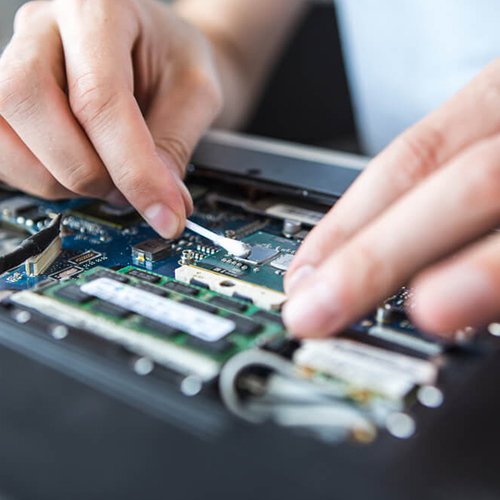Retrofitting Work
Retrofitting work involves upgrading or modifying existing industrial equipment, machinery, or systems by integrating newer technologies or components to improve performance, efficiency, safety, or functionality without replacing the entire setup. This process is commonly undertaken to extend the life of aging assets, adapt to changing production needs, or comply with updated regulations.
The retrofitting process typically begins with a thorough assessment of the current system to identify limitations or obsolete parts. Engineers then design an upgrade plan, which may include adding modern sensors, updating control systems like PLCs and HMIs, improving energy efficiency, or enhancing safety features. Once the plan is approved, the retrofit is executed by carefully removing outdated components and installing new hardware and software, ensuring compatibility and seamless integration.
After installation, comprehensive testing and calibration are performed to confirm that the upgraded system meets the desired specifications and operates reliably. Retrofitting work helps businesses reduce downtime, avoid the high cost of complete replacements, and leverage advances in technology to stay competitive.


